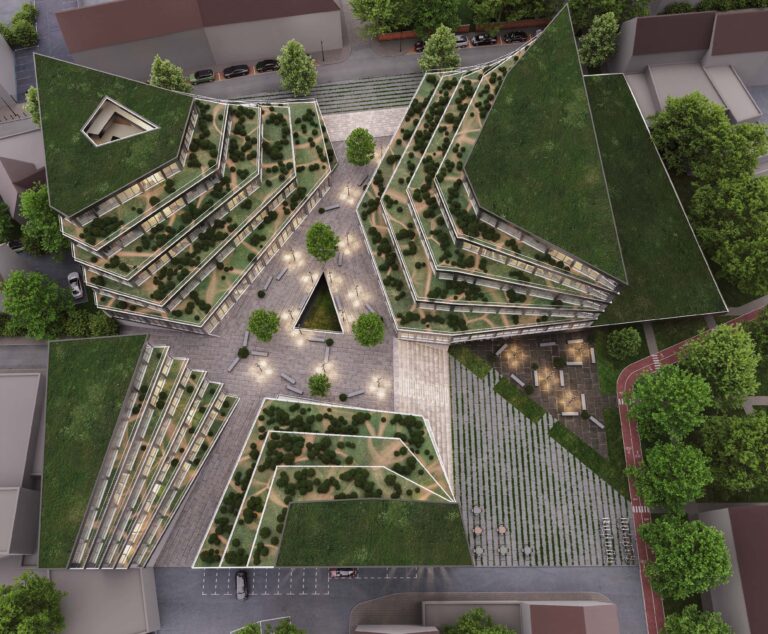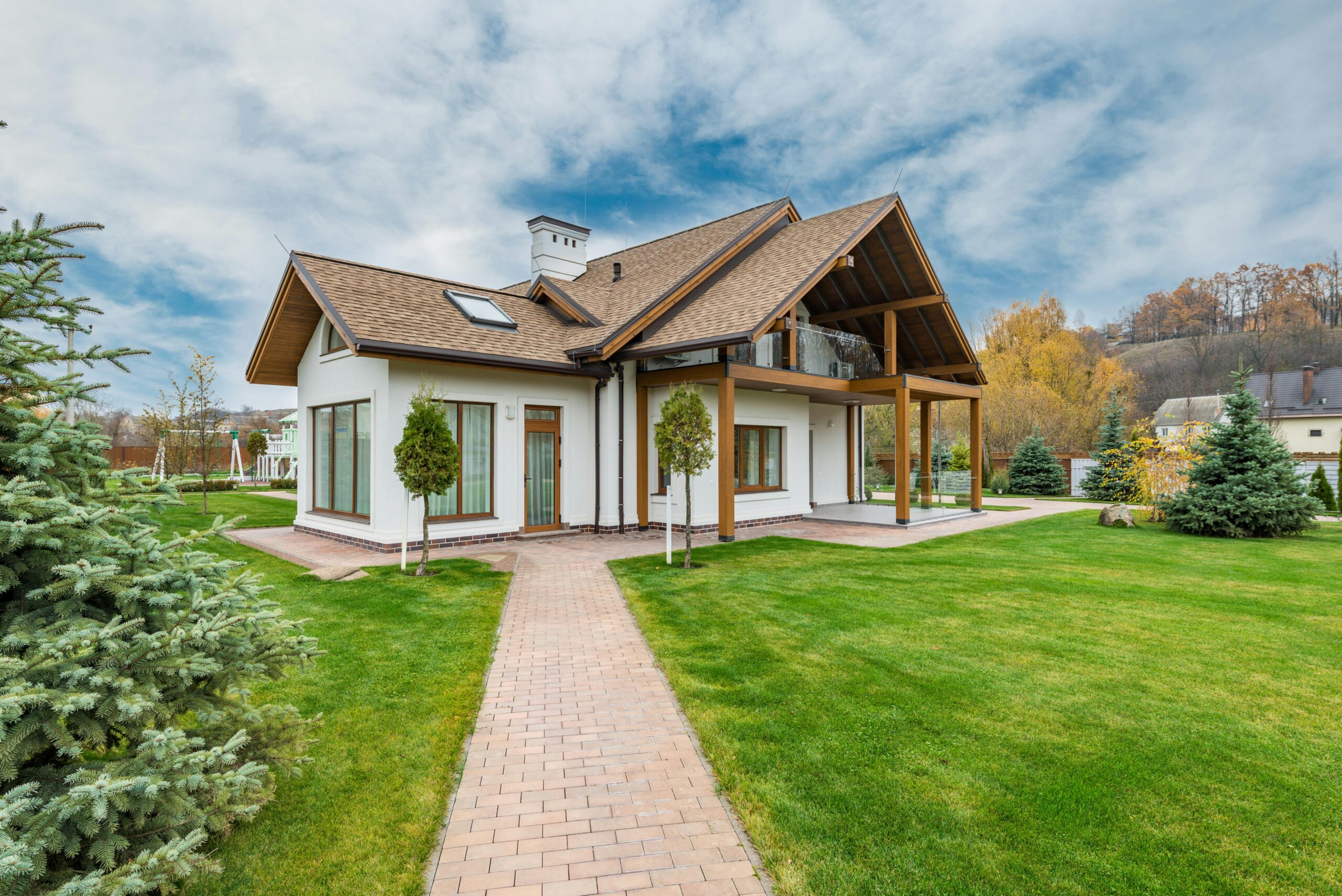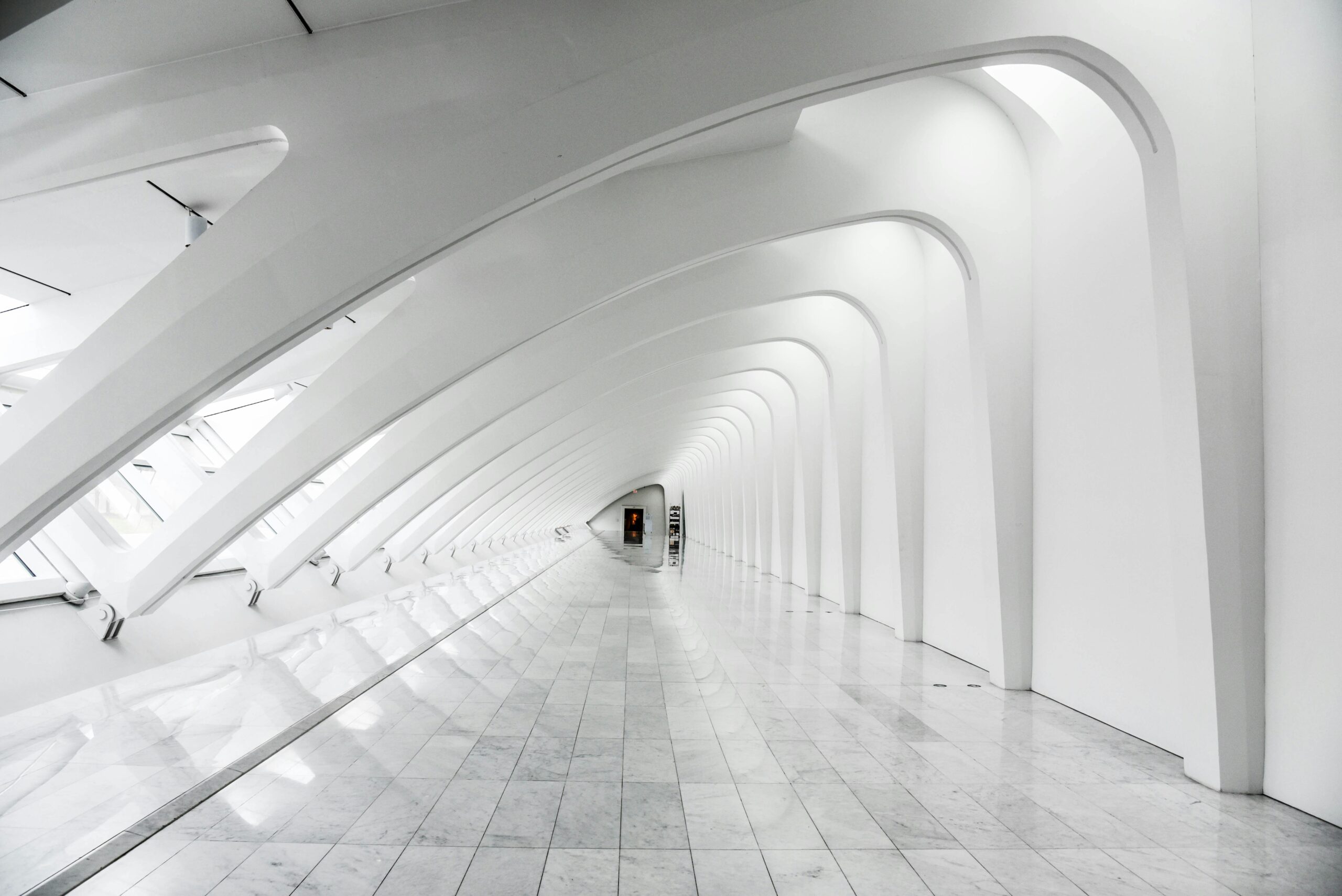Commercial building 3D visualizations is an increasingly popular tool that designers, architects and real estate developers use to create a virtual representation of a commercial property before it is even built. It is a powerful tool that helps stakeholders visualize the building experience without having to physically examine the property. 3D visualizations is an essential part of the construction process. It helps builders to identify potential issues in the design, saves time and money. It also helps developers and architects to promote their designs to potential clients.
3D visualizations can be used on a variety of platforms:
- Websites
- Social media (social media especially love good visuals)
- Listings
- Brochures
- Flyers
- Billboards
- Email (in a signature)
Commercial building 3D visualizations are used in various industries, including architecture, real estate, property management, interior design, advertising agencies and construction companies. These 3D renderings are essential in these industries, where making the right impression is crucial in attracting interested parties. This helps architects to identify flaws and potential issues that may not have been visible in the original drawings.
3D commercial building visualizations help a lot during tender process as it helps to attract the attention of deciding parties. This is crucial for architects.
Real estate firms use commercial building visualization to help clients visualize what a commercial space could look like in different colors, materials, sizes, structural options and many other options are as well possible. Property managers also use these visualizations to showcase their properties to potential tenants.
Commercial building visualization can be a tricky business. Building visuals that look and feel realistic is no easy feat. We love ultra-realistic 3D visualizations. There are several tips that designers and architects can follow to make their commercial visualization hyper-realistic.
Tip 1: Use Realistic Materials
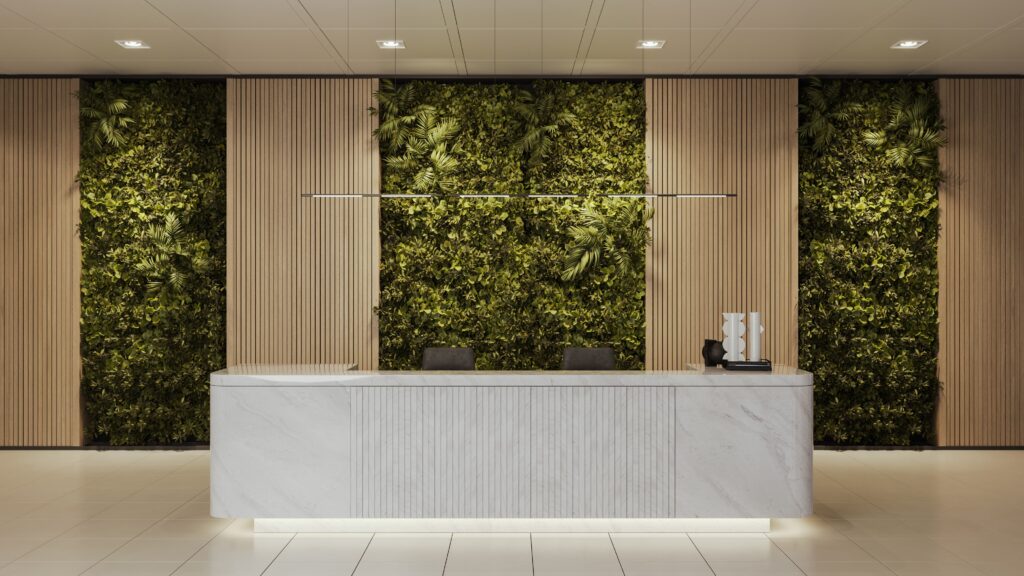
The use of realistic materials is one of the most critical factors in making commercial building visualizations ultra-realistic. To achieve a realistic effect, designers should use materials that are accurately represented in the final design. For instance, designers should pick the right type and finish of a material, as well as its color and texture.
It is important to provide the designers with exact materials you want to use on your building. It is not as hard as it sounds. Simply send the links to the producers website and a designer can pick up realistic images and apply it onto your building.
Tip 2: Attention to Details
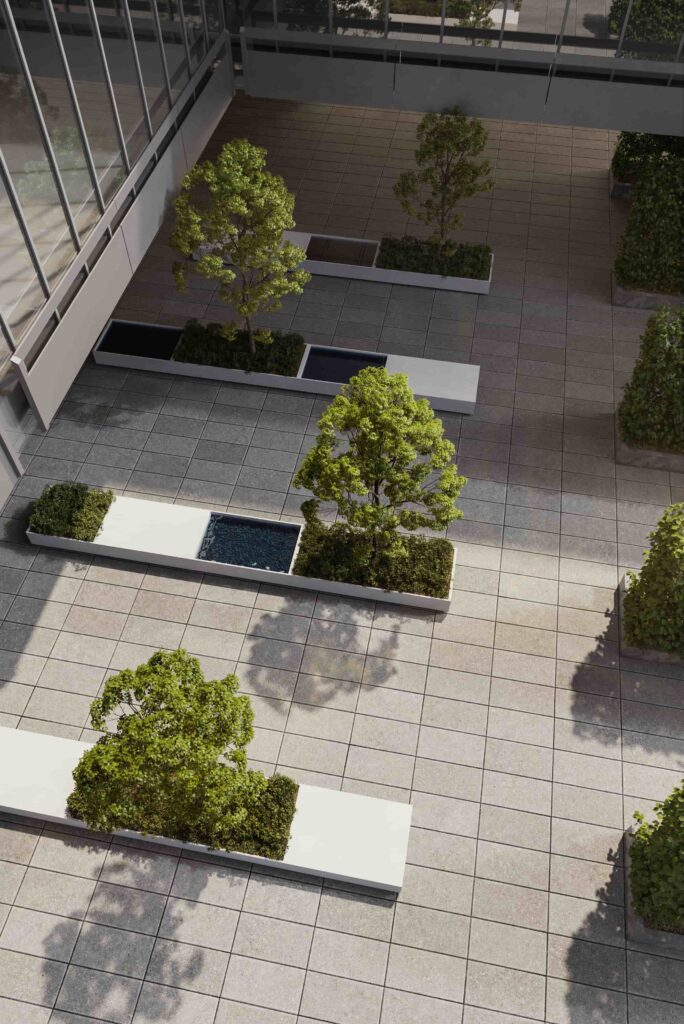
Pay attention to detail is another essential aspect of producing ultra-realistic commercial building visualizations. It is essential to ensure that every aspect of the design reflects the real world. For instance, the lighting, shadows, reflections, and even the way light interacts with the environment and objects should be accurately represented.
Do not forget that materials are quite “dead” if they do not interact with lights, shadows, water or other substances. Do not be afraid to use rain on a wood material or reflections on metals. It shows the real world situations which helps to make it even more realistic.
Tip 3: Use Appropriate Lighting
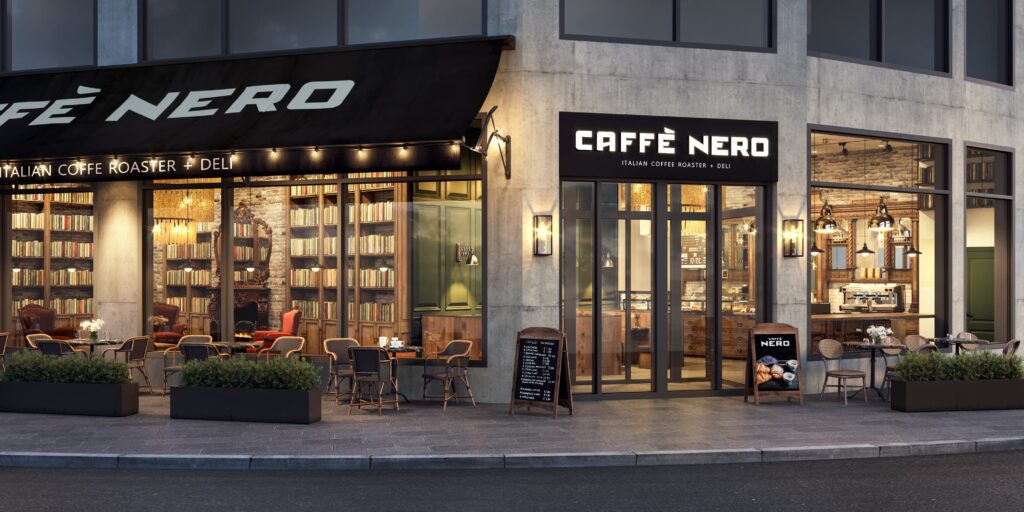
The right lighting can make or break a commercial visualization. Lighting is actually the king in 3D visualizations world. Lighting can bring out the details of the design or hide it entirely. So, designers should take the time to place the right type and number of lighting fixtures, depending on the design and the time of day.
There are several different lighting techniques that can be used to transform a dull rendering into a realistic and engaging image. One approach is to use natural lighting, which simulates the sun’s rays and casts shadows in a highly realistic way.
Additionally, ambient lighting techniques can be used to create a more romantic or dramatic mood, while spotlights can also be used to highlight specific areas and elements in an exterior scene. By experimenting with lighting configurations, 3D artists can achieve truly breathtaking results that are sure to captivate audiences and enhance the impact of their commercial 3D building visualizations.
Consider these options:
- Natural Light Setup – This is ideal for creating an accurate representation of how natural light interacts with the exterior of a building, which includes the sun, clouds, and sky conditions.
- Daylight Rendering – This involves setting up a virtual sun, that casts light on the scene from one direction, creating shadows and highlights. It’s best used for producing high-quality renders with shadows, highlights, and textures.
- Nighttime Setup – This involves adding artificial lights like streetlights, ambient lights, and other lighted sources into the 3D scene. This can significantly improve the look and feel of the final 3D exterior visualization and can create a dramatic and engaging atmosphere.
- Backlighting – Use of rear lighting is an excellent option for creating a more dynamic and three-dimensional look in a scene. This can be accomplished by using a high-intensity light source that illuminates the building’s backside.
- HDRI lighting – The use of High Dynamic Range Images (HDRI) can create highly detailed lighting environments, where the light is captured with a camera to provide a comprehensive and unique lighting source.
Tip 4: Realism in Environment

The environment plays a crucial role in the creation of ultra-realistic commercial building 3D visualizations. The environment should reflect the real world since it can make or break the final result. Designers should pay attention to details like foliage, weather, people, and cars.
It is possible to add anything you want in the 3D rendering: families, dogs, cars, forests, bushes, flower beds, playing ground and so on and so forth.
Use these details to create realistic full environment. Do not try to present empty spaces. Make the space welcoming and full of engaging details.
Tip 5: Use Proper Reflections
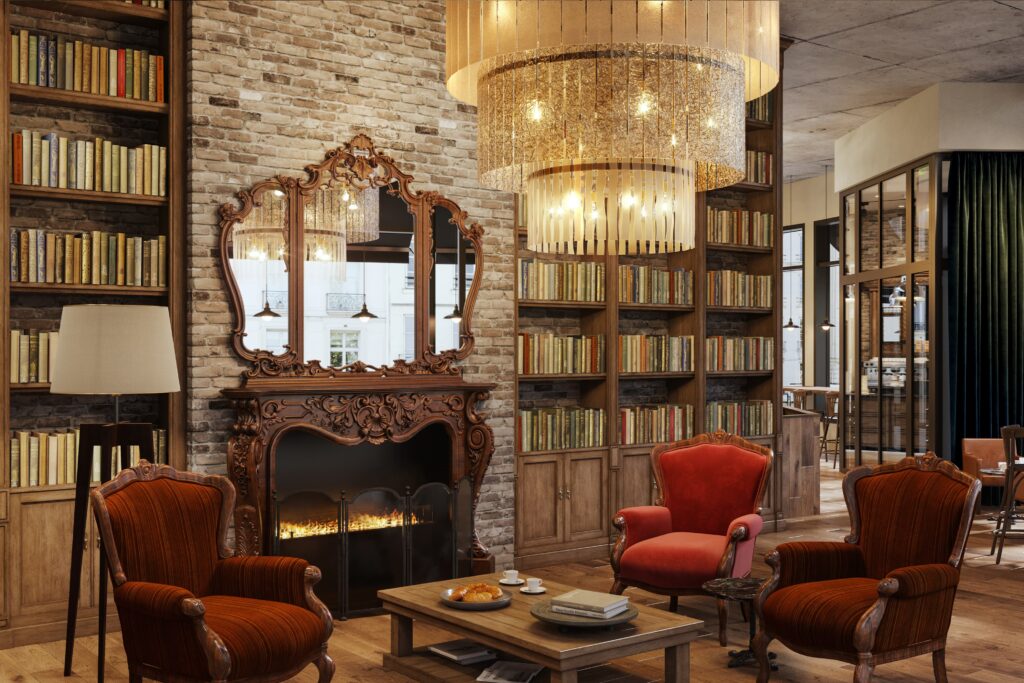
Realistic reflections help make commercial building visualization look more realistic, and designers should go the extra mile to get this right. Attention to detail in the creation of proper reflections makes the virtual space more tangible. It also enhances the realism of the visual.
Tip 6: Use close ups
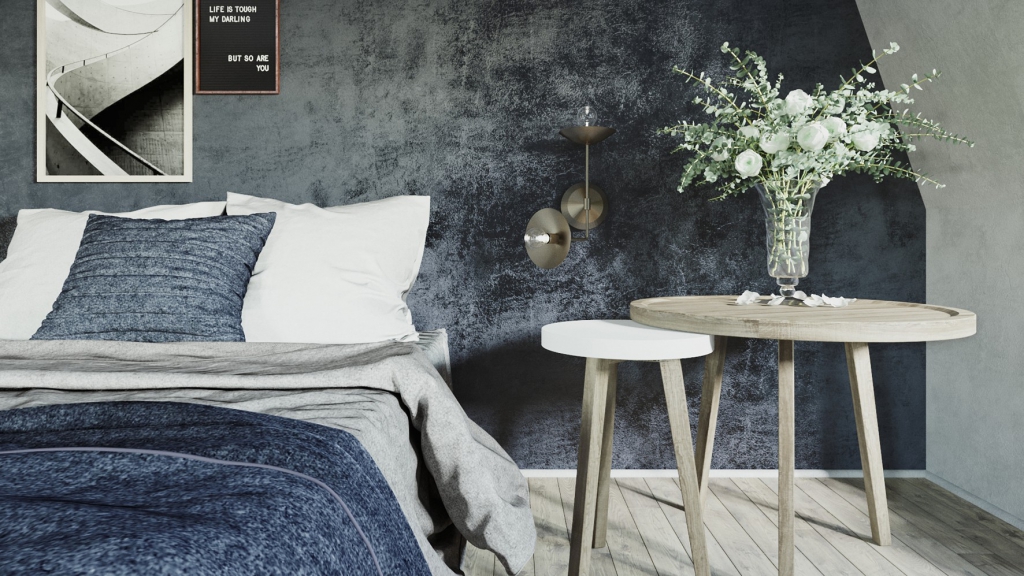
Close ups always reveal the small little details which designer and architect want to emphasize and show the importance of them.
You can use a close up of the doors, columns, windows and any other details.
Do not forget to put some other details in a close up. Maybe a reflection on a window, a table with a coffee cup in the front and so on. Such details make it more relatable to real world situations.
Tip 7: Get Perspective Just Right
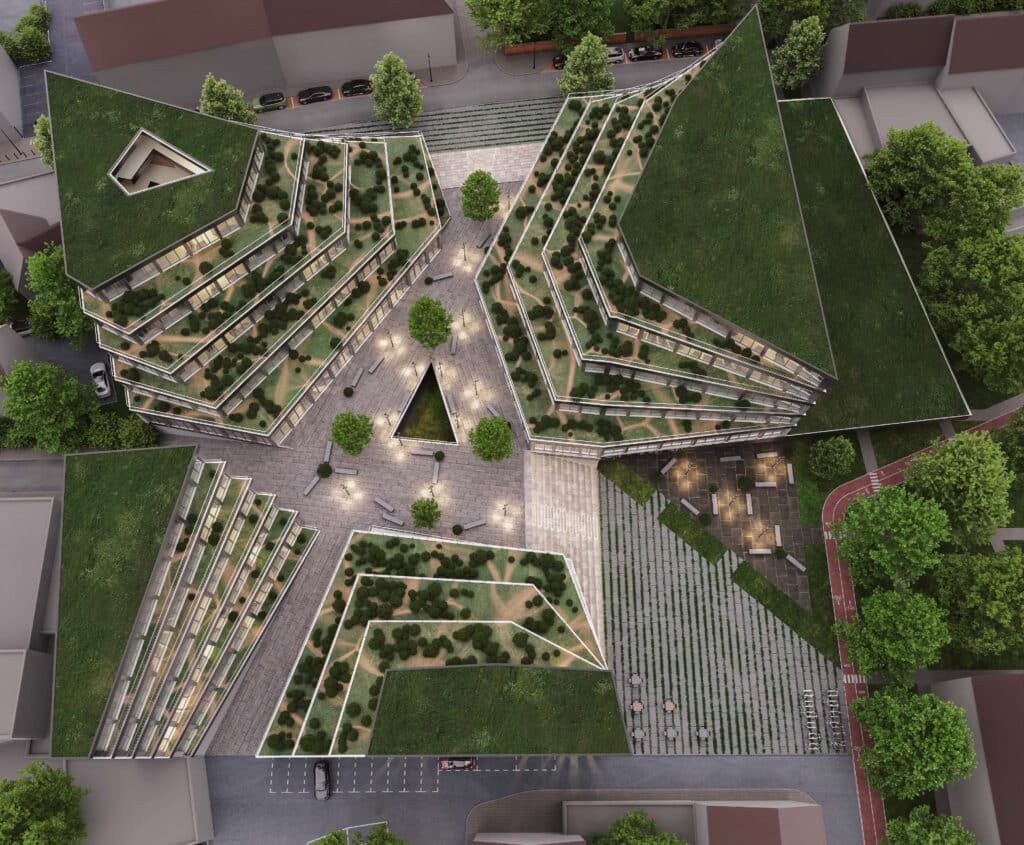
The right perspective is at the heart of creating ultra-realistic commercial building visualizations. The camera angle can significantly influence how people perceive the space. Designers should take into consideration factors like the height of the camera and angle or the type of lens. In the example above the bird view angle reveals the complexity of the architecture. It is a perfect angle for this project, as the ground level renders are not able to showcase the whole project from any perspective.
In conclusion, creating an ultra-realistic commercial building visualization takes time, effort, and a considerable amount of skill. Designers and architects involved in the visualization process should pay attention to detail and use high-quality tools to get the job done. The powerful tool can be used effectively if these top tips are implemented. The final result should be a beautiful and accurate representation of a commercial space that eliminates potential surprises and errors during the physical building process.
If you need any help with your commercial building renders – just let us know, we would be more than happy to help you.


